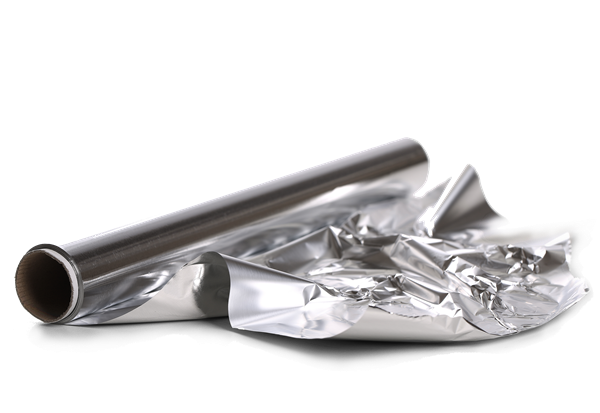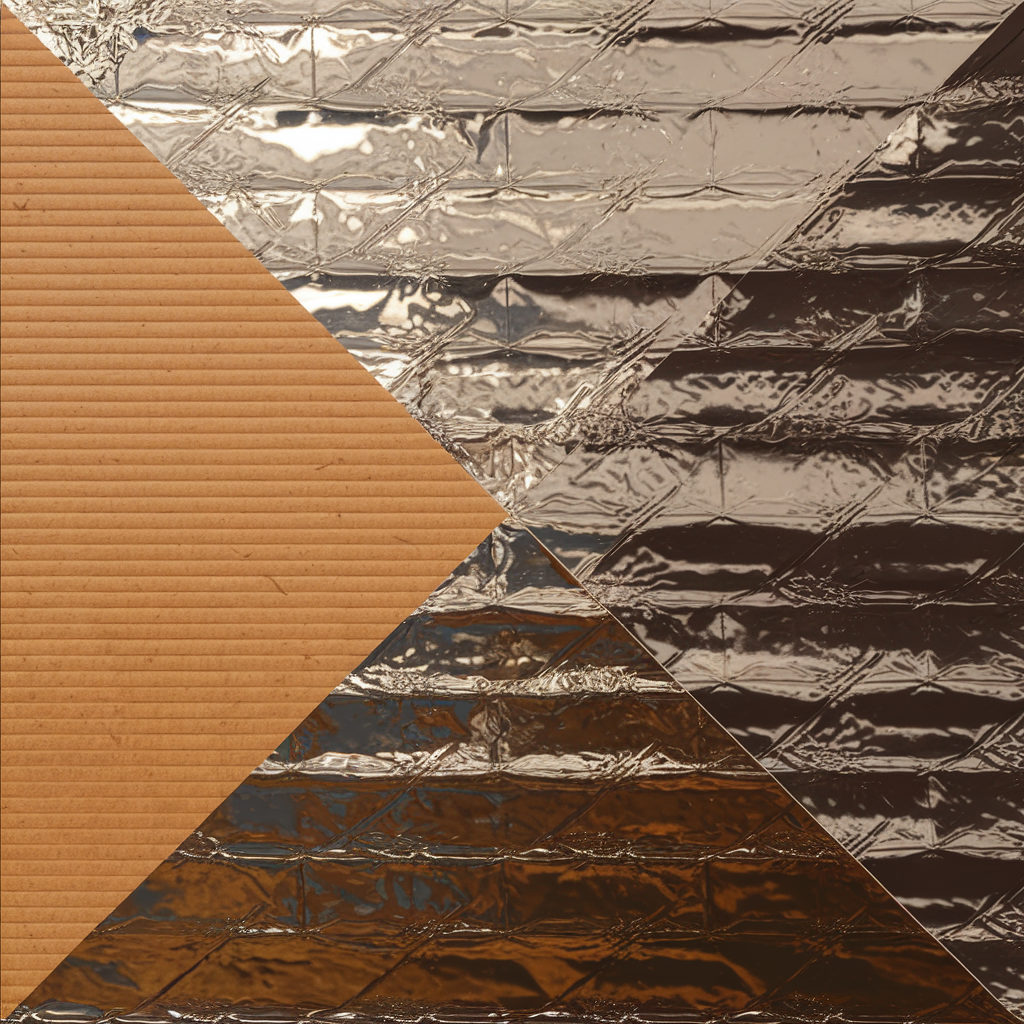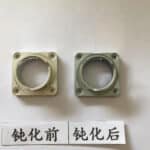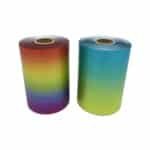A Comprehensive Guide
Aluminum foil has become an important part of our daily lives because it can be used in so many different ways and is so useful. In this article, we’ll talk about the different thicknesses of aluminum foil, what they’re used for, and how they work.
Introduction to Aluminum Foil Thicknesses
Rolling aluminum slabs into thin sheets and then further processing and cutting them into the desired sizes produces aluminum foil. Depending on what they are going to be used for, these sheets come in different thicknesses, from thin to thick.

Standard Aluminum Foil Thickness
Standard aluminum foil typically has a thickness of approximately 0.0007 inches (18 microns). This thickness is good for everyday uses around the house, like wrapping food, covering dishes, and cooking in general.
Common Uses of Standard Aluminum Foil
- Wrapping sandwiches and other food items
- Covering dishes to retain heat
- Lining baking sheets or pans for easy cleanup
Heavy-Duty Aluminum Foil Thickness
Heavy-duty aluminum foil is thicker than the standard version, with a thickness of around 0.0009 inches (23 microns). This type of foil is more durable and provides better heat retention, making it ideal for heavier or longer cooking tasks.
Common Uses of Heavy-Duty Aluminum Foil
- Grilling and barbecuing
- Cooking large cuts of meat
- Lining grill grates to prevent sticking and facilitate cleaning
Extra-Heavy Duty Aluminum Foil Thickness
Extra-heavy duty aluminum foil is even thicker than heavy-duty foil, with a thickness of approximately 0.0012 inches (30 microns). This type of foil is often used in commercial kitchens and catering settings due to its increased durability and heat resistance.
Common Uses of Extra-Heavy Duty Aluminum Foil
- Roasting large or dense items, such as turkeys or roasts
- Wrapping food for storage in commercial freezers
- Lining baking pans for commercial-scale baking operations
Aluminum Foil Thickness for Industrial Applications
In industrial settings, aluminum foil is available in a range of thicknesses, typically between 0.002 inches (50 microns) and 0.006 inches (150 microns). These thicker foils are used in situations where they need to be stronger, last longer, and handle heat better.
Common Industrial Uses of Aluminum Foil
- Insulation in construction and HVAC systems
- Shielding electronic components from electromagnetic interference
- Reflective materials in solar panel manufacturing
Factors Affecting Aluminum Foil Thickness
Various factors can affect the thickness of aluminum foil, including:
- Manufacturing process: The rolling process used to produce the foil can impact the final thickness, as well as the overall quality and consistencyof the product. 2. Alloy composition: Different aluminum alloys have varying properties, which can affect the final thickness and performance of the foil.
- Application requirements: The intended use of the aluminum foil will dictate the necessary thickness, as specific applications may require increased strength, heat resistance, or durability.
Measuring Aluminum Foil Thickness
To accurately measure the thickness of aluminum foil, specialized equipment like micrometers or thickness gauges is typically used. These tools give accurate measurements to make sure that the foil meets the needs of a certain application.
Selecting the Right Aluminum Foil Thickness
When choosing the appropriate aluminum foil thickness for your needs, consider the following factors:
- Intended use: Determine the primary application for the foil, as this will guide your selection of the appropriate thickness.
- Strength and durability requirements: Thicker foils offer increased strength and durability, which may be necessary for certain tasks or applications.
- Heat resistance: If your application requires high heat resistance, opt for a thicker foil to ensure adequate performance.
- Budget constraints: Thicker aluminum foil typically comes at a higher cost, so it’s essential to balance your requirements with your budget.

Conclusion
Aluminum foil is a versatile material that comes in a range of thicknesses to suit various applications. Understanding the differences between standard, heavy-duty, extra-heavy duty, and industrial aluminum foil thicknesses is crucial for selecting the right product for your needs. By considering factors such as the intended use, strength and durability requirements, heat resistance, and budget constraints, you can make an informed decision and choose the ideal aluminum foil thickness for your specific requirements.





